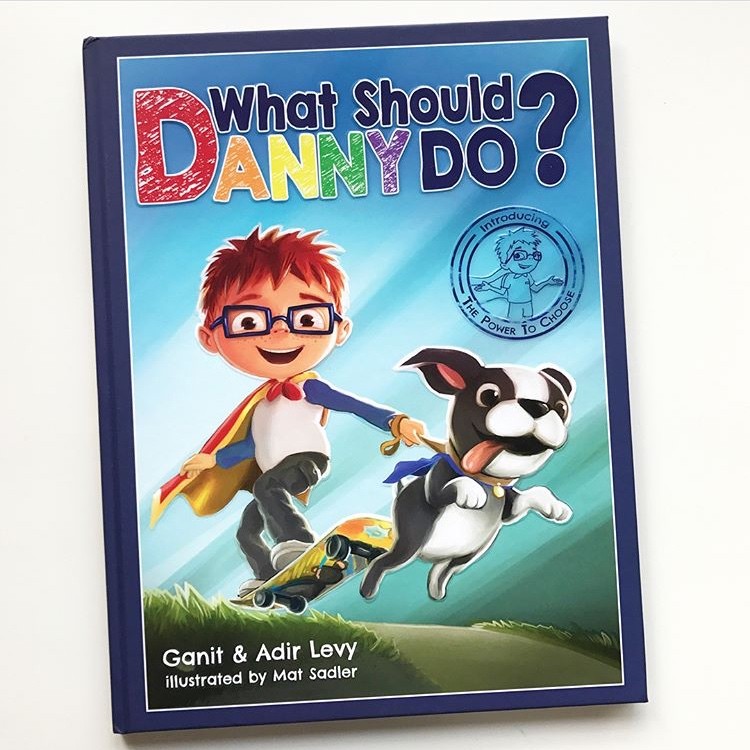What Should Danny Do? by Ganit and Adir Levy is an innovative children’s book that puts the power of choice directly into the hands of young readers. Inspired by their nephew Danny, this book, the first in the “Power to Choose” series, offers a unique interactive reading experience. Let’s delve into what makes this book engaging and discover its guided reading level suitability.
The core concept of What Should Danny Do? is simple yet brilliant. The narrative follows Danny through a typical summer day, presenting him with various scenarios and choices. After a couple pages, the reader gets to choose what Danny does next. Each choice leads to a different outcome, effectively creating multiple storylines within a single book. This interactive format captivates children, illustrating the concept of free will and the consequences of decisions in an accessible manner.
[]
Unpacking the Guided Reading Level of “What Should Danny Do?”
Determining the what should Danny do guided reading level is essential for educators and parents seeking to match the book with a child’s reading abilities. While a precise level might vary depending on assessment methods, several factors contribute to its suitability for young readers:
- Interactive Format: The choice-driven narrative breaks the monotony of traditional reading, making it more engaging and accessible.
- Simple Language: The book employs straightforward vocabulary and sentence structures, aiding comprehension for early readers.
- Relatable Scenarios: The situations Danny faces are familiar to most children, helping them connect with the story and understand the consequences of his actions.
- Visual Support: The book features illustrations that complement the text, providing visual cues to enhance understanding.
Considering these elements, What Should Danny Do? is generally appropriate for children aged 4-8, aligning with an early elementary guided reading level, potentially K-2. However, children of different ages can benefit from the book, with younger children enjoying it as a read-aloud and older children exploring the themes independently.
The Educational Benefits of Interactive Storytelling
Beyond its engaging format, What Should Danny Do? offers significant educational benefits:
- Decision-Making Skills: The book encourages children to think critically about their choices and understand the potential outcomes.
- Moral Development: By presenting both positive and negative consequences, the story subtly reinforces values such as kindness, responsibility, and respect.
- Character Building: The book highlights the importance of making good choices and taking ownership of one’s actions.
- Promotes Discussion: The interactive nature of the story sparks conversations between children and adults, facilitating deeper engagement with the themes and characters.
[]
Parental Guidance and Intentional Teaching
The book also subtly highlights effective parenting. Danny’s parents actively teach him virtues and give him the tools to make better choices. His father presents him with a cape to remind him of his “power to choose.” At the end of a difficult day, they encourage him to reflect on how his choices influenced the outcome.
Conclusion: A Valuable Addition to Children’s Literature
What Should Danny Do? is more than just an entertaining story; it’s a valuable tool for teaching children about free will, decision-making, and character development. Its interactive format, simple language, and relatable scenarios make it an excellent choice for young readers. Understanding the what should Danny do guided reading level ensures that children can fully engage with the book and reap its many educational benefits. Whether used in the classroom or at home, this book is sure to spark meaningful conversations and empower children to make positive choices in their own lives.
Check out What Should Danny Do? on Amazon to discover the power of choice for yourself!

